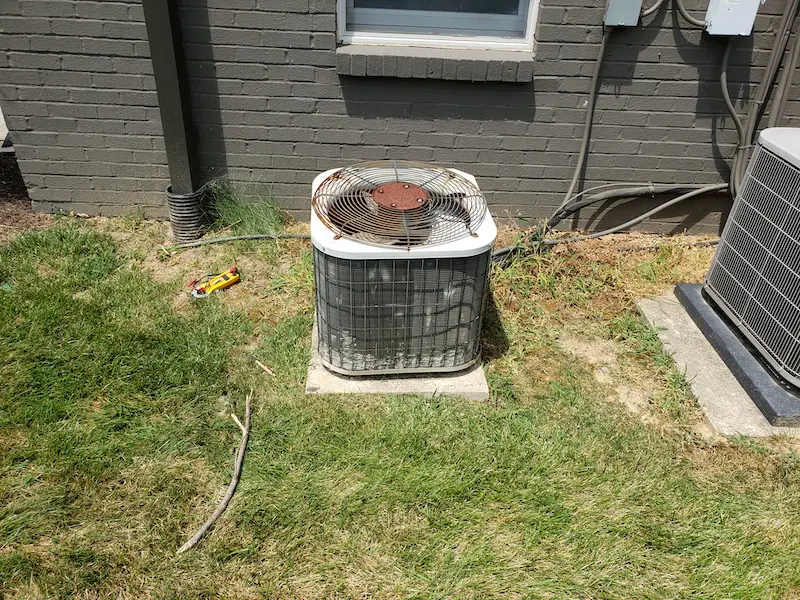5 Ways to Find the Right-Sized AC for Your Home

How can you tell if your air conditioner has seen better days?
- Your energy bills seem high
- Your home is not as comfortable as you remember from past summers
- The humidity in your house is high
- Banging noises come from your system during operation
- The cost of repairing your ac is going up
HVAC systems older than 10 years should be checked, even if everything seems fine. Today’s new systems offer much more efficient cooling than ever before—if you buy the right-sized unit for your home.
Why AC Size is Important
An undersized AC unit will not cool adequately. But when an AC unit is too large, it will cool your house quickly, then shut itself down. If an oversized unit cools the air and then shuts off too soon, it never has the chance to dry the air, leaving the humidity/stickiness unresolved.
From a home’s floor plan to its location and even its mode of construction, a number of details help determine the correct system size.
These are the five most significant:
- Size
Your home’s size offers a starting point for determining cooling needs. During our initial analysis, we will not only measure your home’s square footage, but also your ceiling heights–to calculate cubic foot volume.
House style is also important. A two-story home and a ranch-style home may have similar square footage, but their cooling needs may differ. The ranch home, for example, could have twice the roof as the two-story house.
- Location
Houses in hot, humid climates require larger AC systems than those in cooler, drier areas. Location also includes:
- Tree cover
- Sun protection
- Orientation
- Windows
Windows can cause energy loss, which leads to increased cooling needs. The number, type and size of windows in your home affect the size of the AC system you’ll need.
Single-pane windows are less energy-efficient than double-pane, triple-pane, or low-e windows (low-emission film-coated windows that reflect heat). Energy-efficient windows can reduce the AC tonnage required. When we come out, we’ll look at your windows to determine how much energy loss they create.
- Insulation
Insulation keeps outdoor heat from entering your home on hot summer days. In assessing your AC needs, we will note both the type and amount of insulation in your attic and walls. Insulated entry doors will also be taken into account.
Most building codes require a minimum amount of insulation in both walls and ceilings, but homes constructed before your community’s codes went into effect may not have enough insulation. These older houses could require a larger AC system to keep the home comfortable.
- Ductwork
The type and condition of your home’s ductwork is another consideration in AC sizing. Jansen can connect a new central-air system to your existing ductwork, or even install new ductwork if your existing ducting leaks or is poorly-located.
If new ductwork is needed, we will install it according to the ACCA’s Residential Duct Design standards. These may be more stringent than your local building standards, but you can rest assured you’re getting not only the right-sized AC system, but optimal ducting as well—and good ducting is a factor that could reduce the size of AC unit you need.
Other Factors We Explore
- Number of people living in the home
- Hot spots ore areas that don’t cool properly
- Window treatments
AC sizing can be complicated, for sure. Shopping for a new AC system isn’t necessarily fun, but we can help simplify the task. Our goal is to suggest the right-sized AC unit so your family stays comfortable in the summer months, and your energy bills are lower than before.
